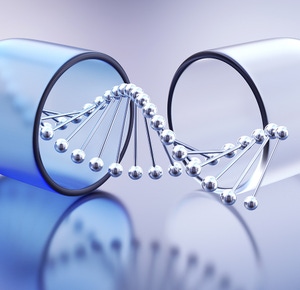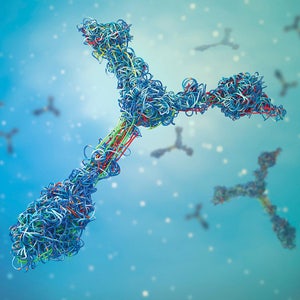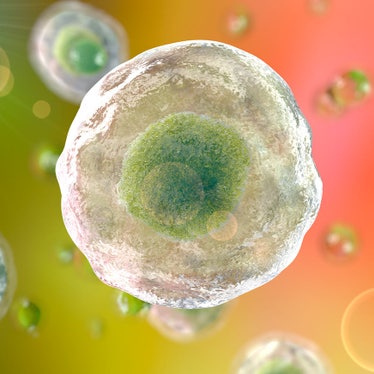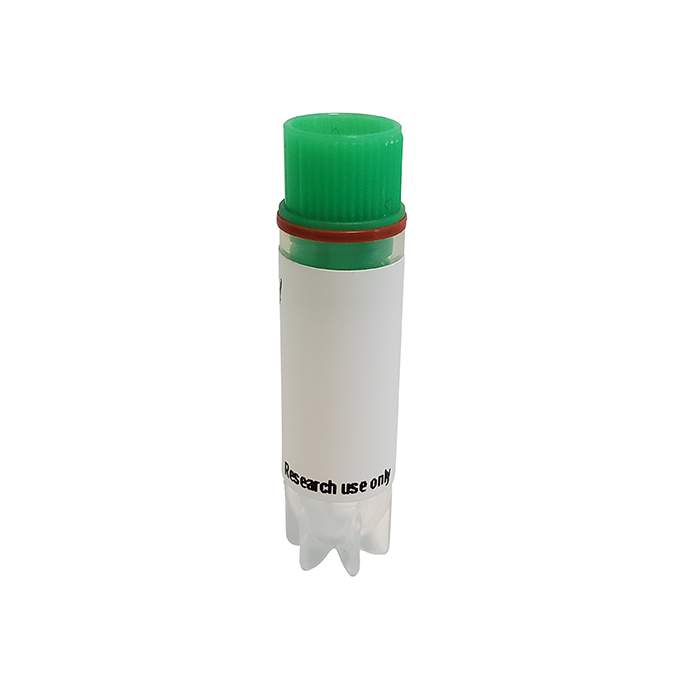
Tag-lite® binding assays
Revvity's Tag-lite binding assays offer straightforward add-and-read protocols to help you characterize the binding properties of compounds, regardless of their chemical structures (peptides, small or complex molecules), or pharmacological properties (agonist, antagonist, or inverse agonist).
Revvity's Tag-lite binding assays offer straightforward add-and-read protocols to help you characterize the binding properties of compounds, regardless of their chemical structures (peptides, small or complex molecules), or pharmacological properties (agonist, antagonist, or inverse agonist).
Featured resources


Filters
1 - 25 of 264 Products and Services
Stable, recombinant ValiScreen® cell line expressing α2B Adrenergic receptor, human recombinant in CHO-K1 host cells.
Stable, recombinant ValiScreen® cell line expressing the Chemokine receptor CCR1, human recombinant in CHO-K1 host cells.
Stable, recombinant AequoScreen® cell line expressing aequorin and the Histamine H2 receptor, human recombinant in CHO-K1 host cells.
Stable, recombinant ValiScreen® cell line expressing the Melanocortin MC4 receptor, human recombinant in CHO-K1 host cells.
Stable, recombinant AequoScreen® cell line expressing aequorin and the Melanin-concentrating hormone receptor 2 (MCH2), human recombinant in CHO-K1 host cells.
Stable, recombinant ValiScreen® cell line expressing the N-ormyl peptide receptor 2 (FPR2, FPRL1), human recombinant in CHO-K1 host cells.
Stable, recombinant AequoScreen® cell line expressing aequorin and the Calcitonin receptor AM2, human recombinant in CHO-K1 host cells.
Stable, recombinant AequoScreen® cell line expressing aequorin and the α1B Adrenergic receptor, human recombinant in CHO-K1 host cells.
Stable, recombinant AequoScreen® cell line expressing aequorin and the Chemokine receptor CCR9A, human recombinant in CHO-K1 host cells.
Stable, recombinant ValiScreen® cell line expressing the Prostanoid EP4 receptor, human recombinant in HEK293 host cells.
Stable, recombinant AequoScreen® cell line expressing aequorin and the Neuromedin U receptor NMU1, human recombinant in CHO-K1 host cells.
Stable, recombinant PhotoScreen® cell line expressing a photoprotein and the Adenosine A3 receptor, human recombinant in CHO-K2 host cells.
Stable, recombinant AequoScreen® cell line expressing aequorin and the Serotonin receptor 5-HT2B, human recombinant in CHO-K1 host cells.
Stable, recombinant ValiScreen® cell line expressing the Histamine H2 receptor, human recombinant in CHO-K1 host cells.
Stable, recombinant AequoScreen® cell line expressing aequorin and the Chemokine receptor CXCR6, human recombinant in CHO-K1 host cells.
Stable, recombinant AequoScreen® cell line expressing aequorin and the Motilin receptor, human recombinant in CHO-K1 host cells.
Stable, recombinant ValiScreen® cell line expressing the Opioid delta receptor, human recombinant in CHO-K1 host cells.
Stable, recombinant AequoScreen® cell line expressing aequorin and the QRFP (GPR103) receptor, human recombinant in CHO-K1 host cells. This receptor was formally known as the Peptide P518 receptor and OX2-like receptor.
Stable, recombinant AequoScreen® cell line expressing aequorin and the Galanin receptor GAL2, human recombinant in CHO-K1 host cells.
Stable, recombinant ValiScreen® cell line expressing the Orexin receptor type 1 (OR1, human recombinant in CHO-K1 host cells.
Stable, recombinant ValiScreen® cell line expressing the Chemokine receptor CCR3, human recombinant in K562 host cells.
Stable, recombinant ValiScreen® cell line expressing the Muscarinic acetylcholine M2 receptor, human recombinant in CHO-K1 host cells.
Stable, recombinant ValiScreen® cell line expressing the Cholecystokinin receptor CCK2, human recombinant in 1321N1 host cells.
Stable, recombinant PhotoScreen® cell line expressing a photoprotein and the rotensin receptor UT (Uro II, GPR14), human recombinant in CHO-K1 host cells.
Stable, recombinant AequoScreen® parental cell line expressing aequorin and Gα16 in HEK293 host cells.







































